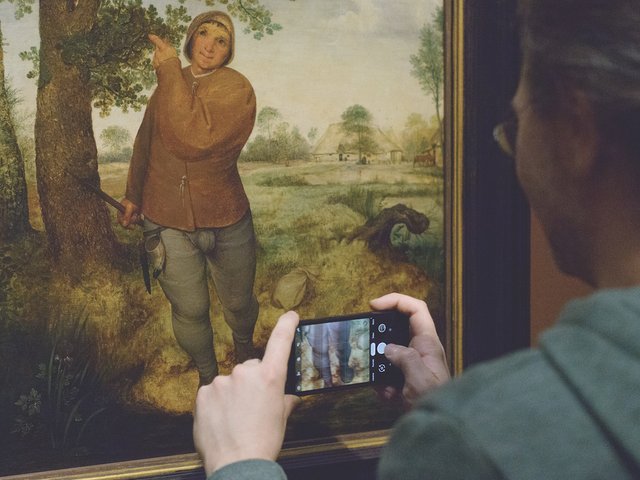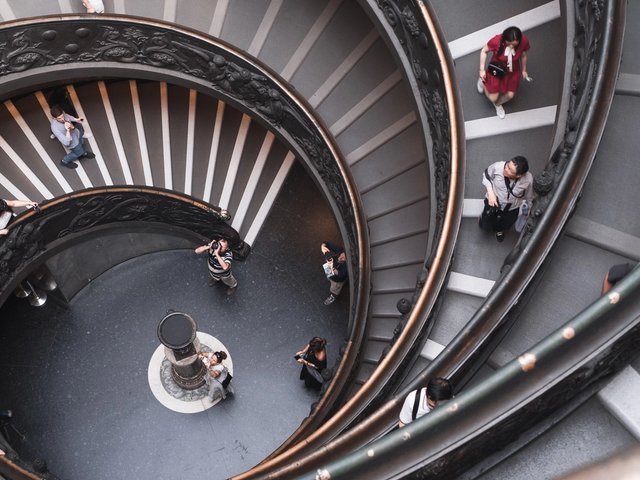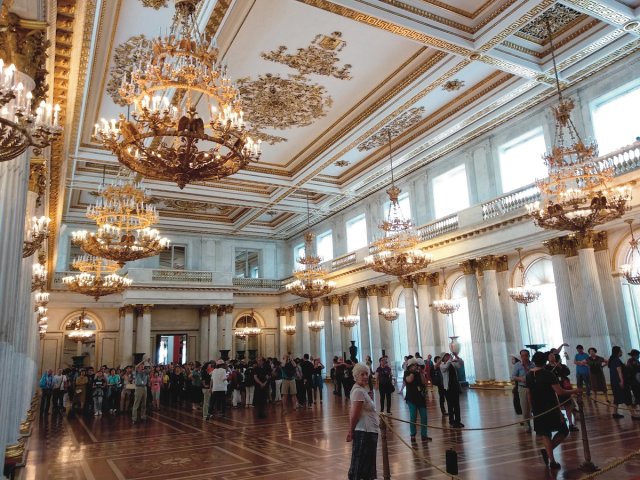A new initiative at the Garage Museum of Contemporary Art in Moscow aims to make the institution more hospitable to disabled visitors (Co-thinkers, 7 June-9 September). The programme is uncharted territory for Russia, where disabled people have historically lacked equal access to cultural institutions and disabled children have been shut out of mainstream schools, according to Human Rights Watch.
Despite new laws that went into effect in January banning discrimination against the disabled, “we have this legacy of the Soviet period, when people with disabilities were largely segregated”, says Maria Sarycheva, the coordinator of Garage’s department of inclusive programmes. (Although some Russian institutions, including the Hermitage Museum in St. Petersburg, offer disability services, most do not facilitate full access to galleries for all disabled visitors.)
“For the general Russian audience, there is a lack of information on contemporary art,” says Garage’s curator Anastasia Mityushina. For blind, deaf or otherwise disabled visitors, the amount of easily accessible information “is like 1% of that”, she says.
Garage hopes the Co-thinkers exhibition—the first in a series of annual projects co-produced with four collaborators with different disabilities—will help change that. The show brings together 18 works by 17 contemporary artists including Maurizio Cattelan, Robert Rauschenberg and James Turrell, among others, that in some way examine or alter perception. All of the works are on loan from Moscow-based private collectors.
The show also includes 3D models of each object that all visitors can touch. To fully experience the exhibition, “you do not need to come to reception and announce your disability—you just come and explore”, Mityushina says.
In September, Garage plans to host around 50 curators, education and other museum professionals from across the country for its second annual training session on inclusion and disability services. This year’s programme will focus on increasing access for deaf visitors.




